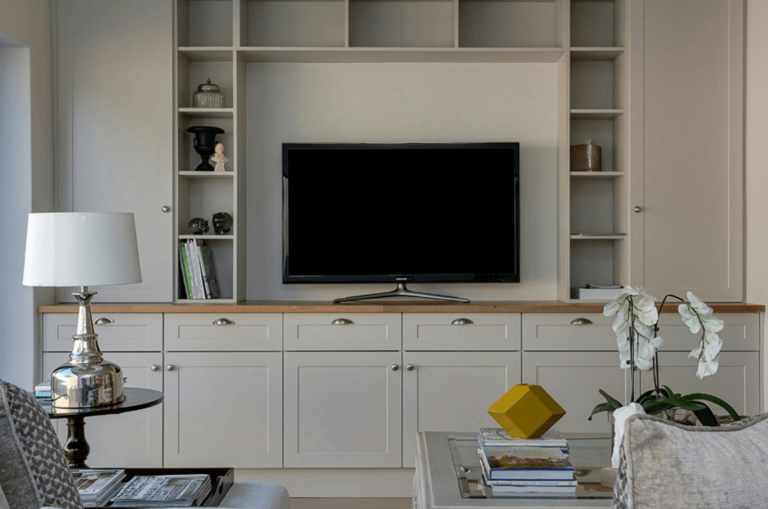Discover the perfect keyboard for your needs now. Experts at TechRadar note that a great keyboard can boost comfort and speed (TechRadar, 2023). Whether you type for work or play, this guide is made for you.
Section 1: Types of Keyboards for PCs
1. Mechanical Keyboards
Mechanical keyboards are very durable. Each key has its own switch that gives a clear clicky sound and feel. Gamers and writers love their fast response and long lifespan.
Pros:
- Lasts a long time
- Offers tactile feedback
- Works with many switch types like Cherry MX Red and Blue
Cons:
- Makes more noise than other types
- Costs more money
- Has a bulkier design
Pro Tip: For a quieter experience, choose switches like Cherry MX Silent or linear switches.
2. Membrane Keyboards
Membrane keyboards are common in offices and homes. They use a soft membrane under the keys and offer a quieter, gentler typing experience.
Pros:
- Quieter than mechanical keyboards
- Lightweight and affordable
- Features a simple design
Cons:
- Provide less tactile feedback
- May wear out sooner
- Sometimes feel mushy
Pro Tip: Membrane keyboards work well if you want a low-cost and quiet option.
3. Ergonomic Keyboards
Ergonomic keyboards are built for comfort. Their split or curved design helps your hands stay in a natural position. They lower the risk of strain during long typing sessions.
Pros:
- Reduces wrist and hand strain
- Mimics a natural hand position
- Perfect for extended use
Cons:
- May take time to get used to
- Tends to be more expensive
Pro Tip: Look for an ergonomic keyboard with adjustable palm rests for extra comfort.
4. Gaming Keyboards
Gaming keyboards are built for speed. They use mechanical switches, have RGB lighting, and extra programmable keys. They also feature anti-ghosting and N-key rollover to log every keystroke during intense gaming sessions.
Pros:
- Fast and accurate response
- Customizable lighting and macros
- Made for heavy use
Cons:
- Often bulkier than regular keyboards
- Usually comes at a higher price
Pro Tip: Choose a gaming keyboard with extra media keys and macro buttons for smoother gameplay.
Section 2: Key Features to Look for in a Keyboard
1. Key Switches
If you choose a mechanical keyboard, the switch type matters. Linear switches, tactile switches, and clicky switches each offer a different feel and sound.
- Linear switches: provide smooth keystrokes without a bump.
- Tactile switches: give a small bump to show the key was pressed.
- Clicky switches: produce a loud click with each press.
2. Backlighting
Backlit keyboards help in low light. RGB lighting lets you choose many colors. It can match your gaming setup for a fun look.
3. Connectivity
Keyboards come as wired or wireless. Wired keyboards give a fast response. Wireless ones offer freedom from cables but may need batteries.
Pro Tip: If you want a wireless keyboard, try one with Bluetooth or a proven USB receiver to keep lag low.
Section 3: Keyboard Layouts and Sizes
1. Full-Size Keyboards
Full-size keyboards have a number pad, function keys, and a full set of letters and numbers. They are best for users needing extra keys.
2. Tenkeyless (TKL) Keyboards
Tenkeyless keyboards remove the number pad. This design saves space and is popular among gamers and typists.
3. Compact Keyboards
Compact keyboards further reduce size. They remove some keys like function or arrow keys. They work well in minimalist setups.
Pro Tip: If you need more desk space, a tenkeyless or compact keyboard is a smart choice.
Section 4: Benefits of Choosing the Right Keyboard
1. Increased Comfort and Productivity
A good keyboard helps you type faster and reduces mistakes. It can make long work hours less tiring.
2. Improved Gaming Performance
Gaming keyboards help you play better. Extra features like anti-ghosting and customizable macros can give you an edge in games.
3. Durability and Longevity
Mechanical keyboards are built to last. Some switches are rated for up to 50 million keystrokes, keeping your keyboard useful for years.
Section 5: How to Care for Your Keyboard
Keeping your keyboard clean can extend its life. Follow these simple steps:
- Regular Cleaning: Blow out dust with a can of compressed air. Remove keycaps for a deeper clean.
- Avoid Food and Drinks: Keep snacks and beverages far from your keyboard to prevent spills.
- Replace Keycaps: Swap worn keycaps for new ones. Many mechanical keyboards let you customize keycaps for a new look.
Pro Tip: Use a keyboard cover to guard against dust and spills when the keyboard is not in use.
Conclusion:
Choose the keyboard that fits your work and play style. Mechanical and ergonomic options serve different needs. Ready to upgrade your setup? Check out this keyboard on Amazon: https://amzn.to/4dFhF8T
As an Amazon Associate I earn from qualifying purchases.
FAQ
- How do I choose a keyboard?
- Decide if you need speed, comfort, or extra features like lighting. Try each type to see what suits you best.
- Are mechanical keyboards better?
- They offer a strong tactile feel and last longer, but they can be louder than other types.
- How do I clean my keyboard?
- Use compressed air to blow away dust and gently remove keycaps to clean underneath with a damp cloth.
Explore this topic: PC Gaming
Last updated on August 7, 2025








